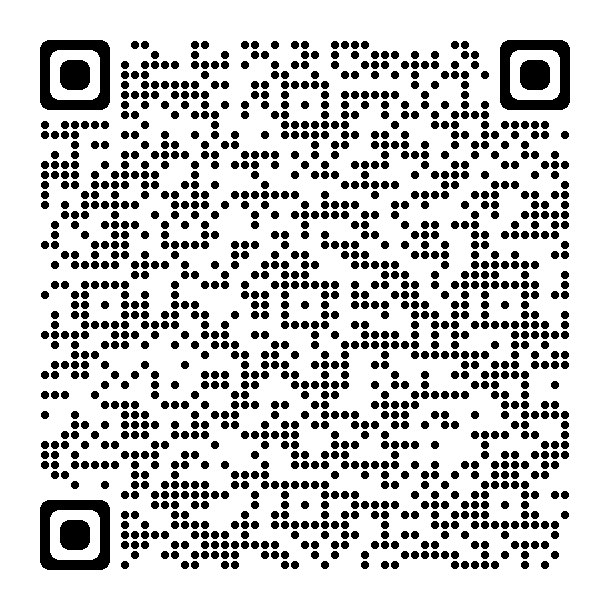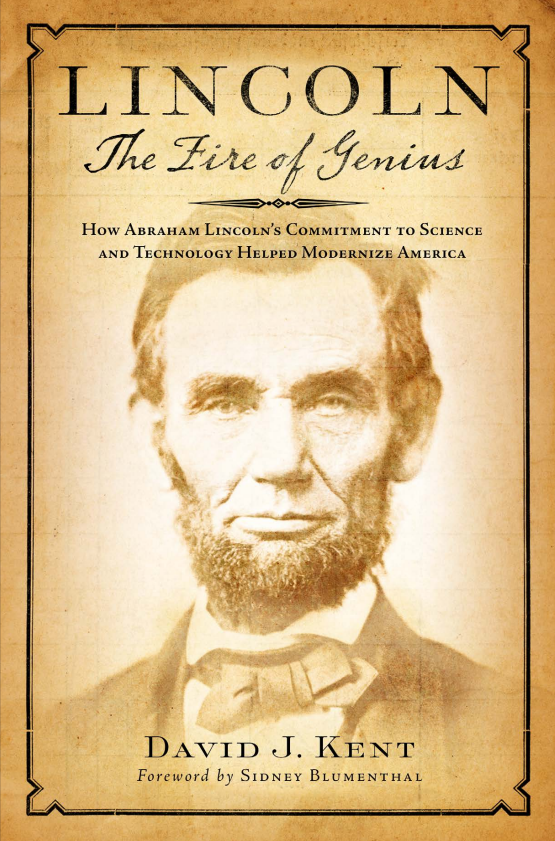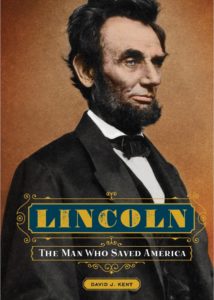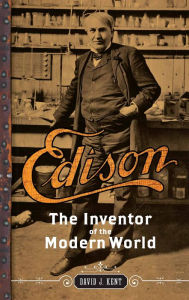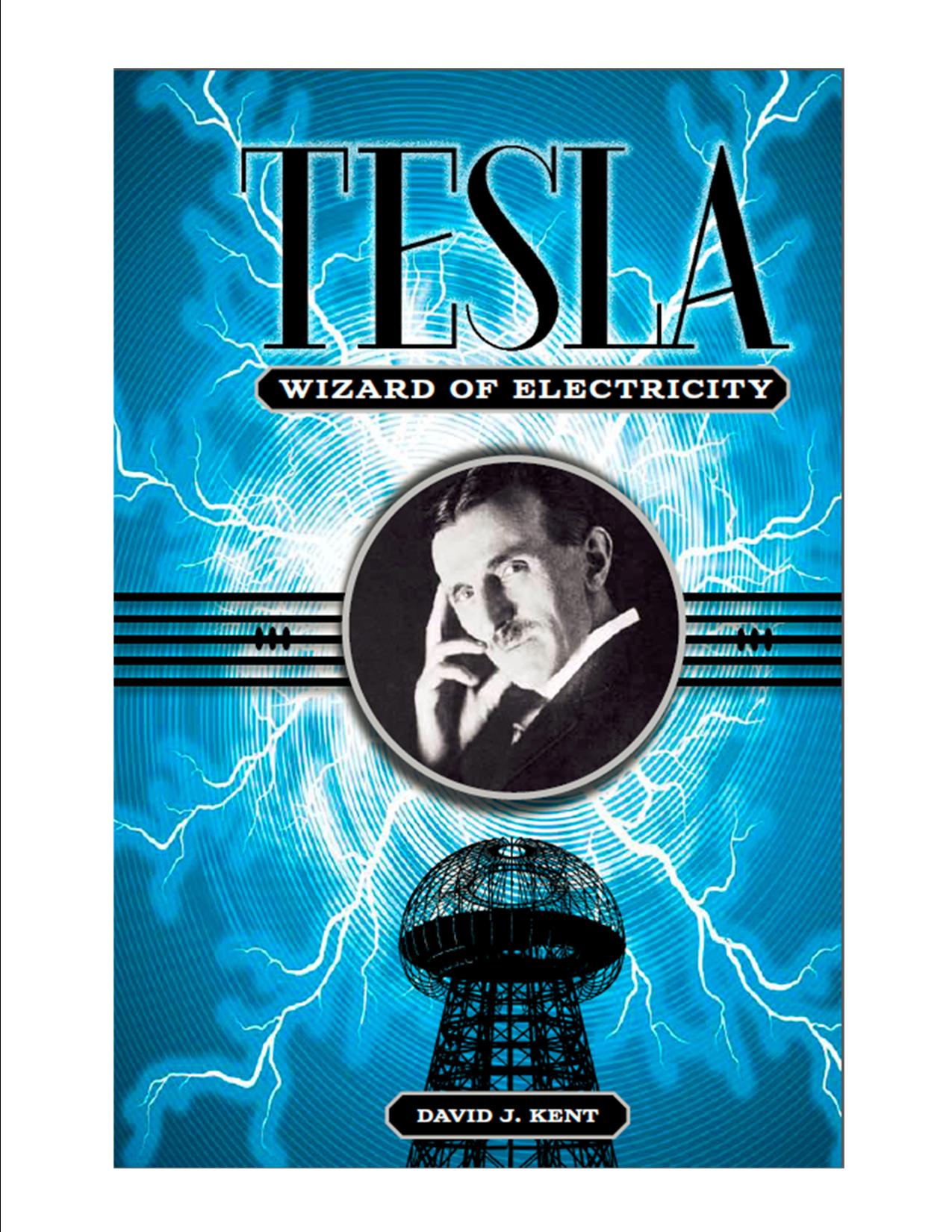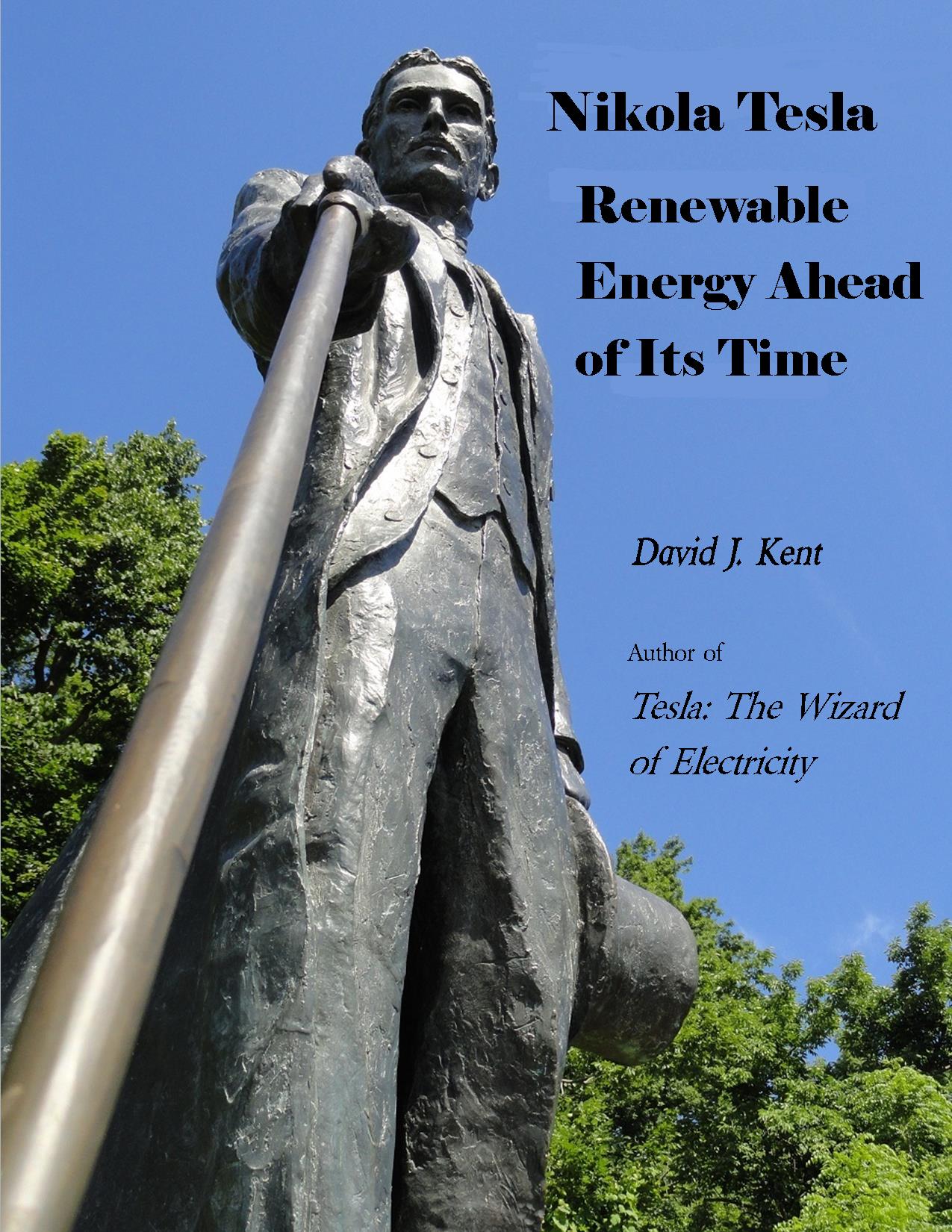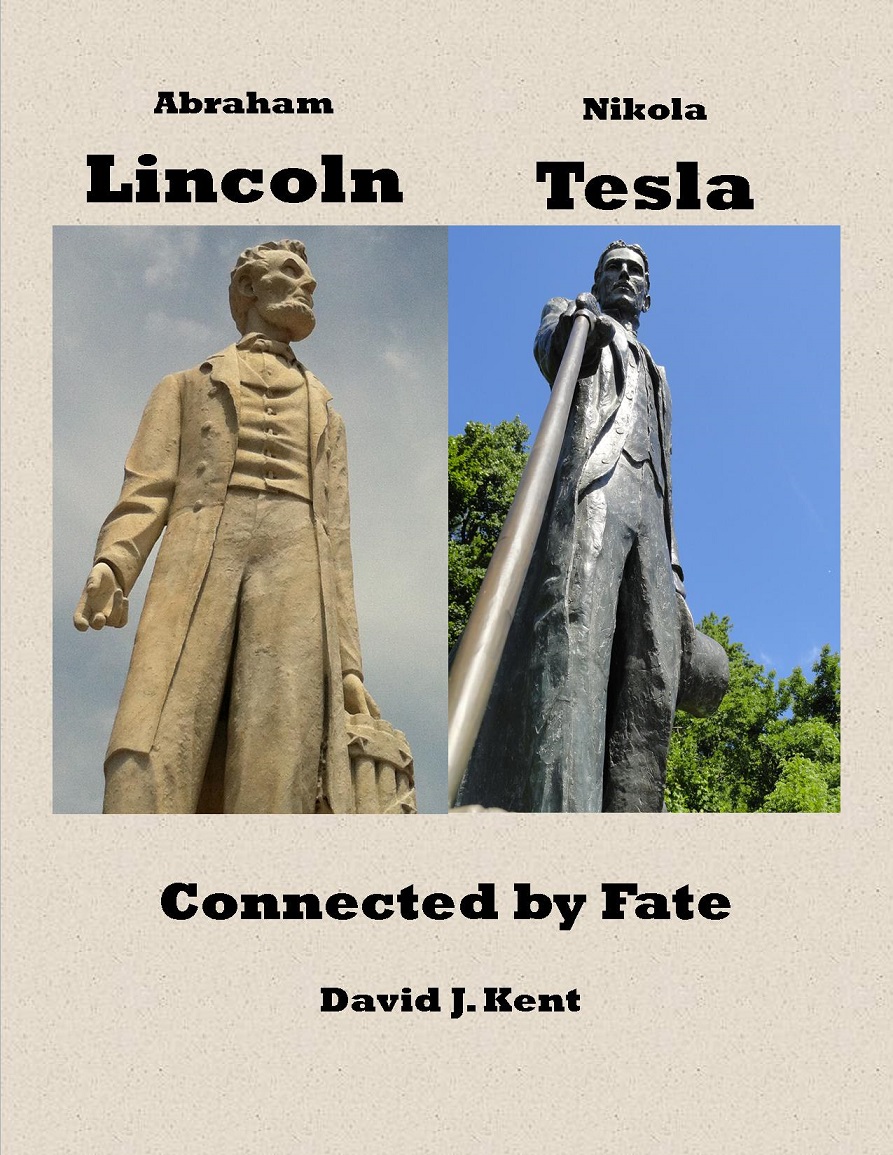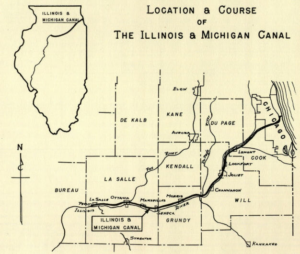 Abraham Lincoln was a steady proponent of Internal Improvements projects in Illinois. That said, there were problems. The few projects initiated randomly to encourage widespread district support resulted in a hodgepodge of disconnected rail lines, many of which ran only a few miles to nowhere in particular. Most projects simply disappeared.
Abraham Lincoln was a steady proponent of Internal Improvements projects in Illinois. That said, there were problems. The few projects initiated randomly to encourage widespread district support resulted in a hodgepodge of disconnected rail lines, many of which ran only a few miles to nowhere in particular. Most projects simply disappeared.
The one notable exception was the Illinois and Michigan Canal. Lincoln had earlier proposed a Beardstown and Sangamon Canal, which was authorized but later abandoned when an engineering survey determined the cost to be at least four times the initial estimate. Lincoln again was the one who proposed the Illinois and Michigan canal bill in the state legislature, which passed by a 40–12 vote. As the financial crisis wiped out the possibility of more and more improvement projects, Lincoln narrowed in his focus to insist the Illinois and Michigan Canal be completed. He saw that canal as a vital cog in the machinery of commerce.
Lincoln realized much of the reason British industrialization was up to a century ahead of other western nations was their scientific tradition, a Protestant work ethic, a high degree of religious tolerance, ample supplies of coal, and efficient transportation networks of roads and canals. He saw the same dynamic with the Erie Canal, which ran for 363 miles from the upper Hudson River in Albany, New York, to Lake Erie. Now goods from Europe and New England could enter New York Harbor, travel up the Hudson River, and be transported across New York by a navigable canal rather than having to offload goods into small wagons prone to weather-induced delays. This ease of transportation helped New York become a hub of domestic and international commerce. It also facilitated the growth of central and northern Illinois, in particular Chicago, which grew from a small hamlet of two thousand to a thriving metropolis.
The Erie Canal was completed in 1825 under the direction of New York Governor DeWitt Clinton. Lincoln later told his close friend Joshua Speed that it was “his highest ambition to be the DeWitt Clinton of Illinois.” The soon-to-be governor of New York, William Seward, also favored internal improvements for his state and engineered development of the Genesee Valley Canal. Lincoln knew that the Erie Canal project had been ridiculed as “Clinton’s Folly,” but he understood the completed canal had been a huge success, carrying vast amounts of passenger and freight traffic and initiating an economic boom for the state. Lincoln saw the Illinois and Michigan Canal as accomplishing the same for Illinois.
The Illinois and Michigan Canal would run from Chicago to LaSalle, where it would connect via the Illinois River through to the Mississippi River. With the Erie Canal already bringing East Coast commerce into the Great Lakes, the new canal would effectively open up all of the northeast trade down the Mississippi to New Orleans. Lincoln believed the canal would stimulate substantial economic growth in Illinois as businesses grew in townships along the route and more settlers moved into the improved western economy. It would turn out to be a stimulus for the rapid growth of Chicago.
Lincoln approved the hiring of William Gooding, who had previously worked on the Erie Canal, to be chief engineer on the Illinois and Michigan. After his state legislative career ended, Lincoln went on to serve as a commissioner for the canal, from which perch he would deal with claims from businessmen and citizenry for many years. Mismanagement almost killed the canal, just as it was derailing other internal improvements in the state, but unlike other projects, the Illinois and Michigan Canal became a Lincoln success story. Construction began in 1836 and, after a hiatus caused by the financial panic of 1837, was completed in 1848, just in time for Lincoln to travel the canal on his way home after visiting Niagara Falls. Eventually sixty feet wide with towpaths on each edge for mules to pull barges through the canal, it provided a vital infrastructure for the economic growth of the region until it was replaced by the Illinois Waterway in 1933.
[Map photo from WikiMedia Commons; text adapted from Lincoln: The Fire of Genius]
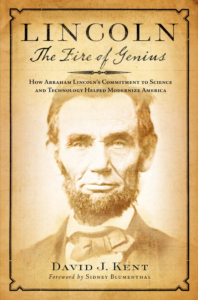
Coming in February 2026: Unable to Escape This Toil
Available now – Lincoln: The Fire of Genius: How Abraham Lincoln’s Commitment to Science and Technology Helped Modernize America is available at booksellers nationwide.
Limited signed copies are available via this website. The book also listed on Goodreads, the database where I keep track of my reading. Click on the “Want to Read” button to put it on your reading list. Please leave a review on Goodreads and Amazon if you like the book.
You also follow my author page on Facebook.
David J. Kent is President of the Lincoln Group of DC and the author of Lincoln: The Fire of Genius: How Abraham Lincoln’s Commitment to Science and Technology Helped Modernize America and Lincoln: The Man Who Saved America.
His previous books include Tesla: The Wizard of Electricity and Edison: The Inventor of the Modern World and two specialty e-books: Nikola Tesla: Renewable Energy Ahead of Its Time and Abraham Lincoln and Nikola Tesla: Connected by Fate.



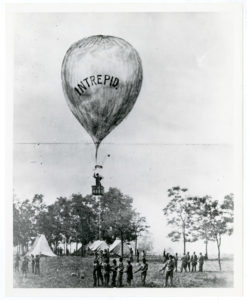 Abraham Lincoln was always interested in technology, so when the Civil War arrived as soon as he was inaugurated, he worked hard to convince the usually conservative military to employ the latest technological advances. One such advance caused him to look to the skies to give every advantage to Union troops. That was the use of balloons in war.
Abraham Lincoln was always interested in technology, so when the Civil War arrived as soon as he was inaugurated, he worked hard to convince the usually conservative military to employ the latest technological advances. One such advance caused him to look to the skies to give every advantage to Union troops. That was the use of balloons in war.